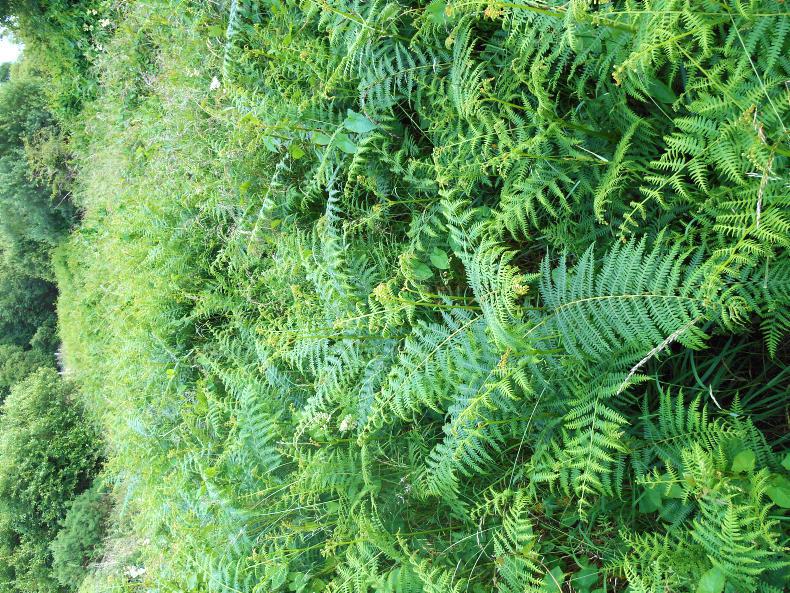The need to control bracken to secure eligibility status on grassland leaves grassland farmers with no chemical option most of the time. For this reason, Asulox has once again received emergency clearance for a limited period for the control of bracken.
Bracken is a member of the fern family. The fronds grow out from a central stem, while the fronds on a fern all grow from the same tuft. Bracken is known for its vigorous growth and its ability to spread across land once it gets a foothold. It does this by expanding underground via its rhizomes.
It needs to be controlled on land to secure eligibility for the Basic Payment Scheme. However, it is important to note that there needs to be grass underneath the bracken for this land to be eligible after it has been controlled.
Control of bracken improves the productivity of land, allowing grasses to grow. Removal of tall bracken also makes it easier to find stock and it improves land accessibility. It should also be noted that bracken is poisonous to livestock if they are forced to eat it. Cutting can help, but many areas where it grows are inaccessible to machinery.
Control is a long-term approach, as some of the rhizomes will survive and grow back. Bracken should really be cut when it is actively growing – at least twice during summer. It can take up to three years of topping to eradicate it. Trampling by livestock to expose the rhizomes can add to the control ability by exposing them to winter frost.
Spraying is another control option. Asulam (sold as Asulox) and glyphosate (for example, Roundup) are used but Asulox is selective and will not kill grass where it is present.
Asulox was removed from the market a number of years ago, but this year Croplink (Ireland) Limited was granted emergency clearance to import Asulox under strict conditions for bracken control.
Emergency use authorisation is granted from 1 July to 30 September 2017. Bracken should be sprayed when it is in full frond (all fronds fully expanded), but before yellowing (start of senescence) is evident. This normally means mid-July to late August.
Always follow manufacturers’ label guidelines in terms of rates of application and conditions. Control should be followed by other actions such as lime and/or fertiliser to help the grass recover and compete.






 This is a subscriber-only article
This is a subscriber-only article





SHARING OPTIONS: